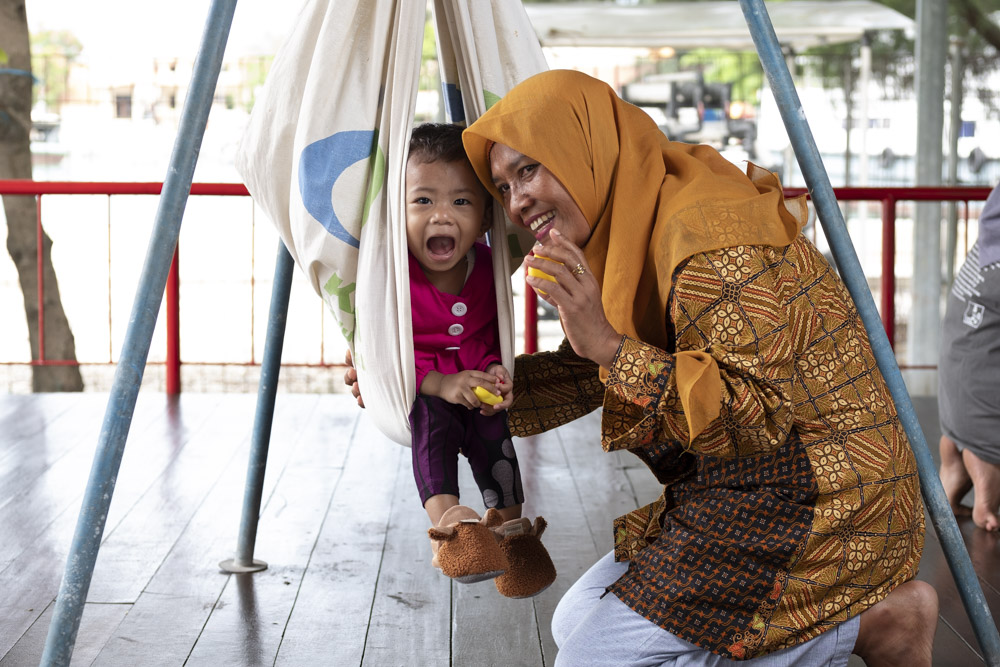Tanoto Foundation and SMERU Collaborate to Develop Nutritional Status Map

Tanoto Foundation, an independent family philanthropy organisation founded by Sukanto Tanoto and Tinah Bingei Tanoto in 1981, recently collaborated with SMERU Research Institute, an independent institution experienced in poverty and inequality research in Indonesia, to compile information about the nutritional status of children under five years old in the country at the sub-district and village levels.
There were three types of nutritional data collected: HAZ based on children’s height and age, WAZ based on children’s weight and age, and WHZ based on children’s height and weight.
The data is now accessible in the form of a Nutritional Status Map, which shows the nutritional status of children under five years old in six selected districts.
The six districts – Rokan Hulu (Riau), Central Lampung (Lampung), Tasikmalaya (West Java), Pemalang (Central Java), Jember (East Java) and South Central Timor (East Nusa Tenggara) – are all part of Indonesia’s list of 100 priority districts for stunting reduction.
Previously, the only data available was at the wider national, provincial and district levels from RISKESDAS (Basic Health Research) conducted by the Indonesian Ministry of Health in 2013.
Methodology
According to SMERU, the Nutritional Status Map was created using the Small Area Estimation (SAE) method which is a common and reliable tool used to gauge poverty levels.
Field visits were also conducted during the preparation of the map, to verify findings about the children’s nutritional status in 2019.
As part of research for the map, the SMERU Institute also relied on Indonesia’s 2010 Population Census as well as 2011 RISKESDAS Podes (Village Potential) data which include information about villages such as availability of basic education and health facilities and number of health workers.
Findings
The nutritional status of children under five years old varied from one district to another, and there is no common reason shared among villages with high prevalence of nutritional issues.
However, several factors were identified as indirect influences on the children’s nutritional status, including the level of education of toddlers’ parents, improved sanitation, access to clean water, the type of jobs held by parents, and the level of good nutrition intake by mothers and children (which is dependent on mothers’ understanding of its significance).
The nutritional status in the sample verification villages tended to improve over the 2013-2019 period. In Rokan Hulu Regency, there was a very encouraging decline, from 59.20% in 2013 to 27.25% in 2018.
The existence of nutritional maps at the sub-district and village levels assists the Indonesian government in developing more targeted programmes and implementing stunting prevention policies with more efficient use of budgets and other resources.

Leave a Reply